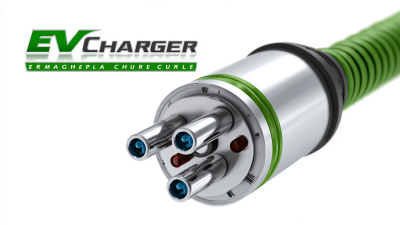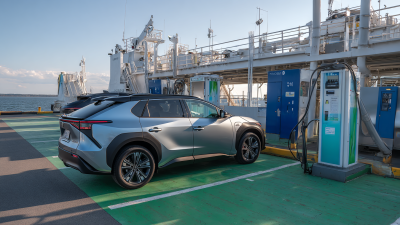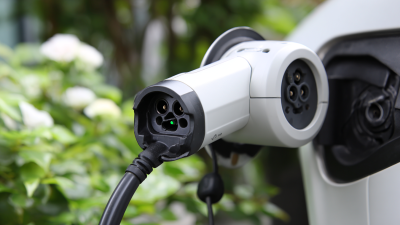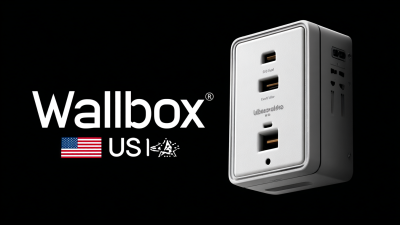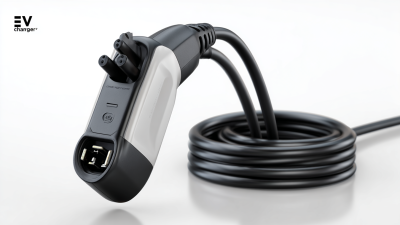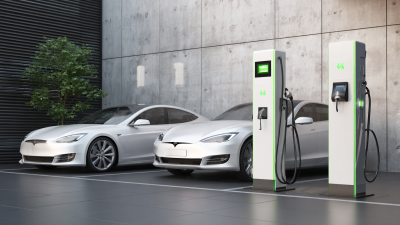As the global transition towards sustainable mobility accelerates, the demand for EV home charger wallboxes is set to witness exponential growth. According to a recent report by the International Energy Agency, global electric vehicle sales reached a staggering 6.6 million units in 2021, reflecting a 108% increase from the previous year. With the rise of electric vehicles, the need for efficient and reliable home charging solutions has become critical.
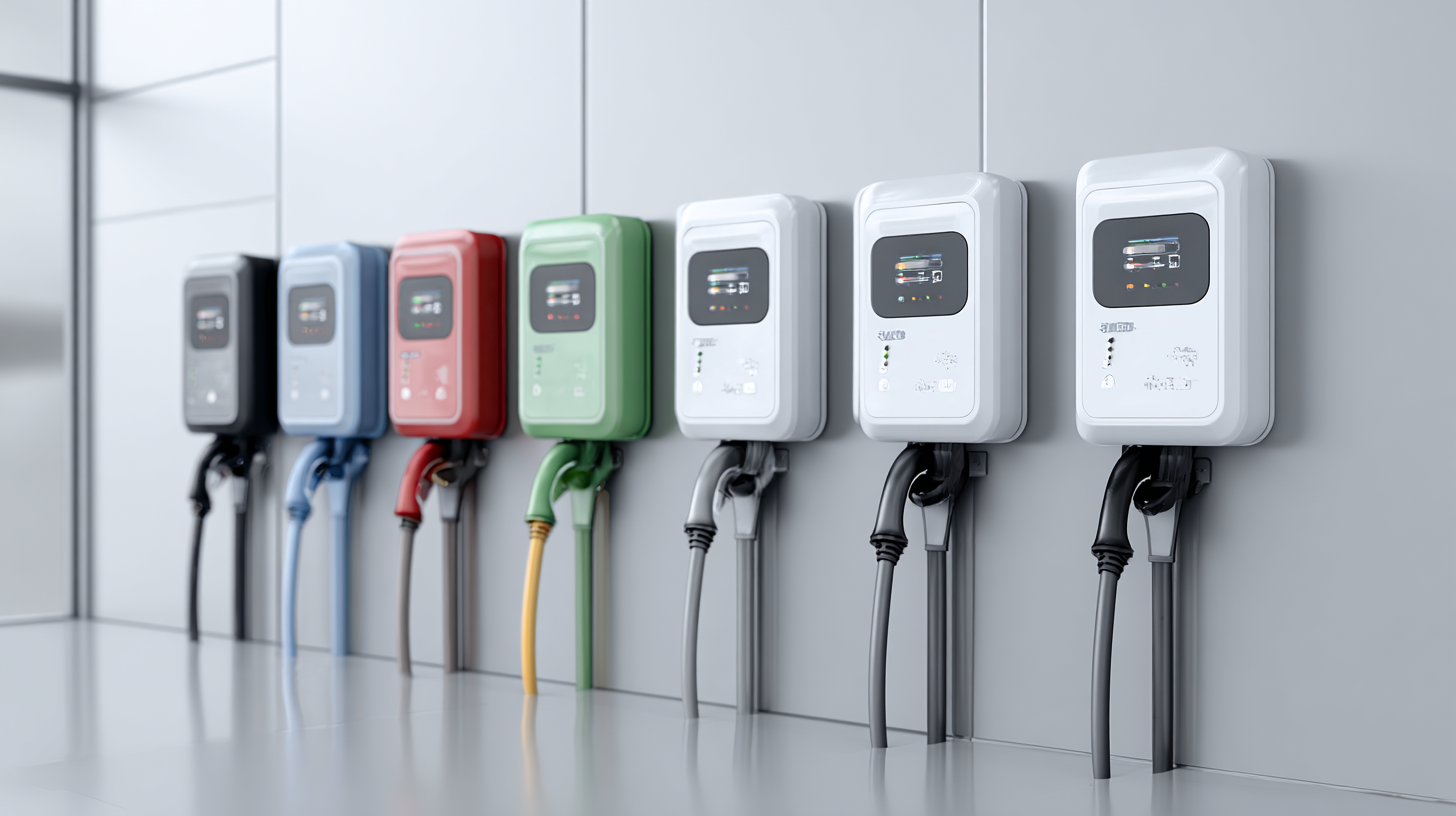
The China Import and Export Fair in 2025, also known as the 138th Canton Fair, provides an essential platform for industry players to explore the latest trends and innovations in EV home charger wallboxes. As China aims to have 25% of all new vehicles sold be electric by 2025, the market for EV home charger wallboxes is expected to expand significantly, making it a pivotal focus for manufacturers and consumers alike during this major trade event.
With the rapid advancement of electric vehicle (EV) technology and increased government support, the EV charger market in China is set to undergo significant transformations by 2025. According to a recent report by the China Electric Vehicle Charging Infrastructure Promotion Alliance, the number of public charging stations in China is projected to reach 1.5 million by 2025, representing a more than 300% increase from current figures. This surge in infrastructure development is heavily influenced by government regulations aimed at promoting cleaner energy and reducing carbon emissions.
Government initiatives, such as favorable subsidies and the establishment of stringent charging standards, are pivotal for the growth of the EV charger market. The State Council's "Electric Vehicle Industry Development Plan (2021-2035)" outlines a roadmap that emphasizes the construction of a comprehensive charging network to support an expected EV population of over 30 million vehicles by 2025. Furthermore, the introduction of new regulations mandating that all new residential complexes must include EV charging points is anticipated to accelerate the adoption of home chargers significantly. Industry analysts predict that these policies will not only promote consumer confidence but also encourage manufacturers to innovate, driving further competition and growth in the EV charger market.
The market for electric vehicle (EV) home charger wallboxes in China’s automotive sector is witnessing remarkable growth, reflecting broader trends within the global EV charging landscape. With the electric vehicle AC charger market projected to soar from $4.37 billion in 2022 to $33.57 billion by 2029, there is a significant surge in demand for home charging solutions. This rapid expansion underscores the increasingly essential role that home charging infrastructure will play in facilitating the widespread adoption of electric vehicles.
As consumer sentiment shifts favorably towards electric vehicles, it is anticipated that the Chinese market for EV charging stations will experience substantial growth. Analysts estimate that by 2034, the global EV charging station market will escalate to approximately $221.18 billion, presenting lucrative opportunities for manufacturers and investors alike. With the combination of consumer demand, technological advancements, and supportive government policies, the EV home charger wallbox segment is poised for substantial development leading up to 2025 and beyond.
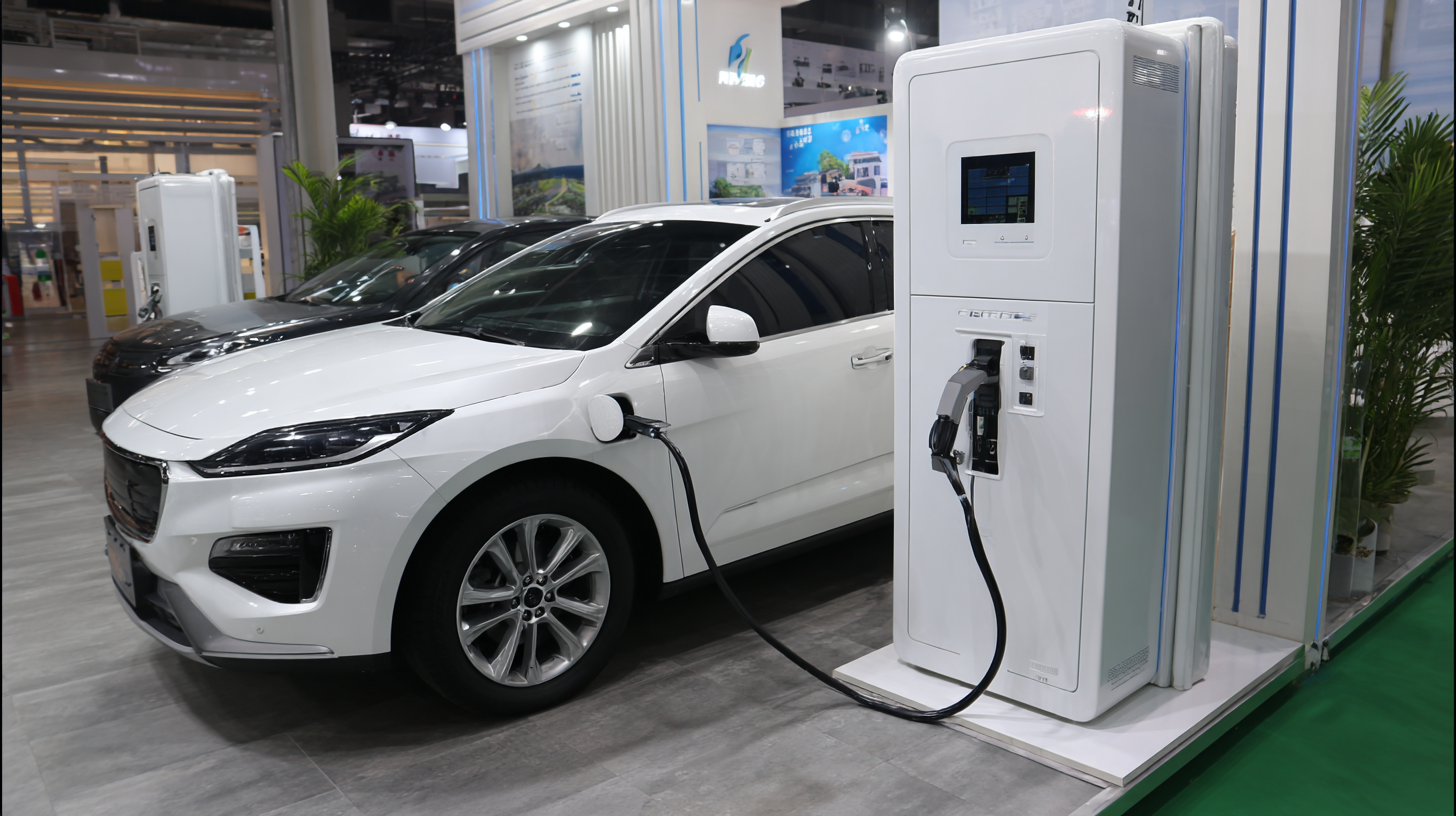
As the market for electric vehicles (EVs) continues to expand, consumer preferences for EV charging infrastructure are becoming increasingly important. By 2025, it is projected that the number of EVs on the road will reach over 30 million in China, significantly driving the demand for home charging solutions. According to a recent report by the China Electric Vehicle Charging Infrastructure Promotion Alliance, approximately 70% of EV owners prefer home charging due to convenience and cost-effectiveness.
Tips: When considering an EV home charger, consumers should focus on the charger’s compatibility with their vehicle, charging speed, and available smart features. Investing in a Wallbox with advanced functionalities, such as remote monitoring and scheduling capabilities, can enhance the user experience and optimize charging times.
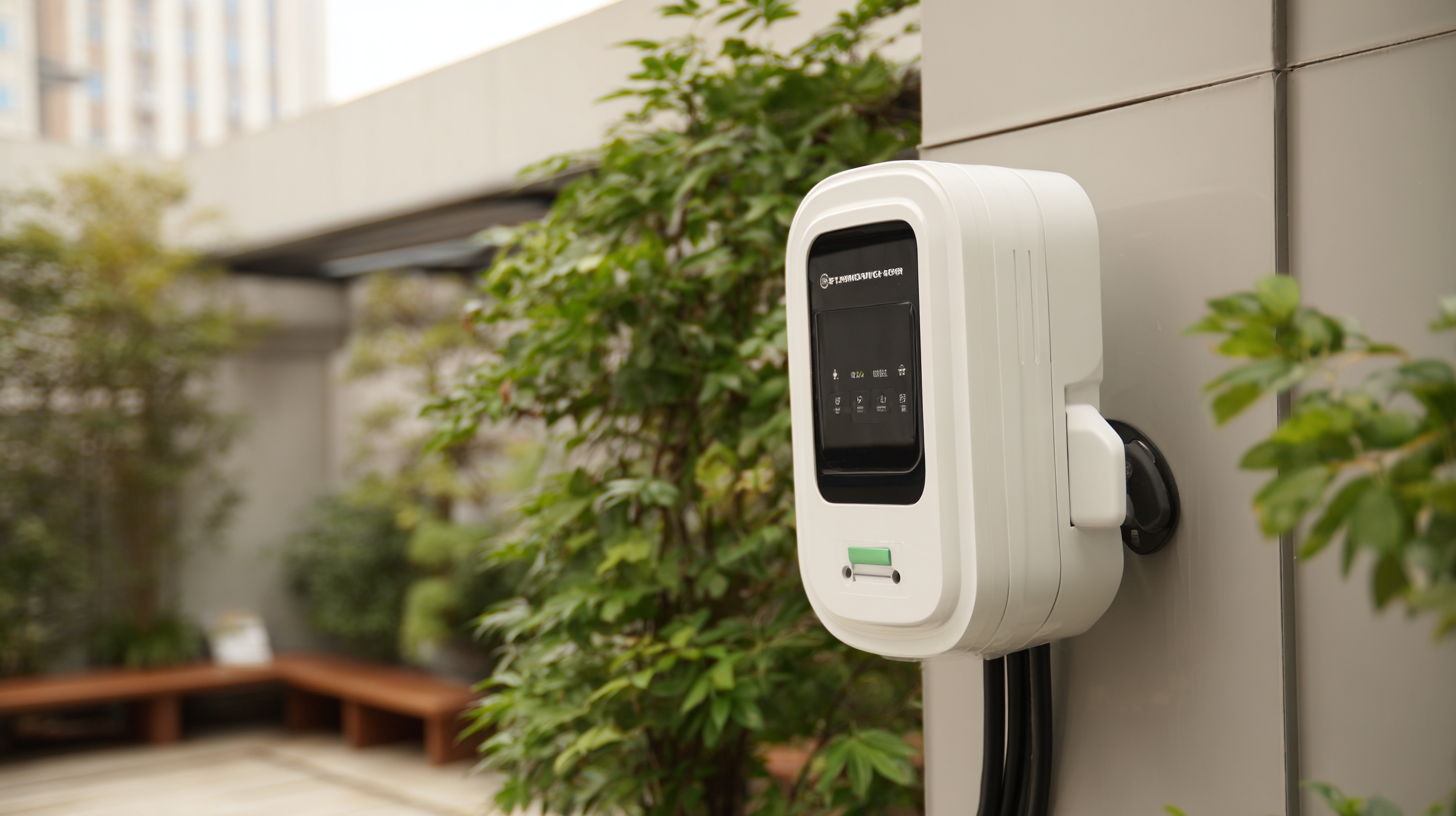
The rising preference for smart and efficient charging solutions is reflected in the latest consumer surveys, which indicate that nearly 65% of potential EV buyers consider the availability of a home charger as a critical factor in their purchase decision. As manufacturers and infrastructure developers respond to these trends, we can expect innovations in charging technology and greater emphasis on user-friendly designs, making EV ownership more accessible and appealing.
Tips: Look for Wallbox models that offer scalable solutions, allowing for easy upgrades as technology advances and charging needs grow.
Technological innovations are increasingly shaping the future of electric vehicle (EV) home chargers, especially in the context of trade shows like the upcoming 2025 China Import and Export Fair. One of the most significant advancements is the development of decentralized energy solutions enabled by smart grid technology. These innovations leverage blockchain to create decentralized charging networks that empower EV owners to engage in energy management, enhancing the efficiency and availability of charging options.
Moreover, the emergence of reliable and smart charging infrastructure is crucial for driving EV adoption. Recent research highlights that addressing the reliability of charging stations is essential; consumer concerns regarding the unpredictability of charger availability significantly affect their decision to transition to electric vehicles. The increasing accessibility of charging points, both public and home-based, paired with advancements in AI and energy management, positions the EV home charger market on the brink of transformative growth. Trade shows will undoubtedly play a vital role in showcasing these advancements and fostering collaboration among industry players.
The EV home charger market is becoming increasingly competitive as more players enter the arena, particularly ahead of the 2025 China Import and Export Fair. With the global shift towards electric vehicles, companies are innovating rapidly to meet growing consumer demand for efficient and accessible home charging solutions. Key players in the market include established automotive brands and emerging tech firms, each bringing unique technologies and business models to the forefront. As the competition intensifies, differentiation in features such as charging speed, connectivity, and integration with smart home systems will be crucial.
**Tips for Consumers:** When considering an EV home charger, look for models that offer fast charging capabilities and user-friendly interfaces. Compatibility with various vehicle models is also a priority, as well as certification for safety standards. Additionally, consider chargers that integrate with mobile apps, allowing for easier monitoring and management of your charging habits.
Emerging startups are also gaining traction by focusing on niche markets and tailored solutions. By offering customizable charging stations or subscription-based services, these companies can capture segments of the market that larger competitors might overlook. As we head towards 2025, keeping an eye on these key players and their innovative offerings will be essential for anyone interested in the burgeoning EV home charger landscape.
| Rank | Market Share (%) | Charging Speed (kW) | Connector Type | Price Range (USD) |
|---|---|---|---|---|
| 1 | 25 | 7.2 | Type 2 | 300 - 500 |
| 2 | 20 | 11 | CCS | 400 - 600 |
| 3 | 15 | 22 | CHAdeMO | 500 - 800 |
| 4 | 10 | 3.7 | Type 1 | 200 - 350 |
| 5 | 30 | 16.5 | Type 2 | 300 - 700 |
